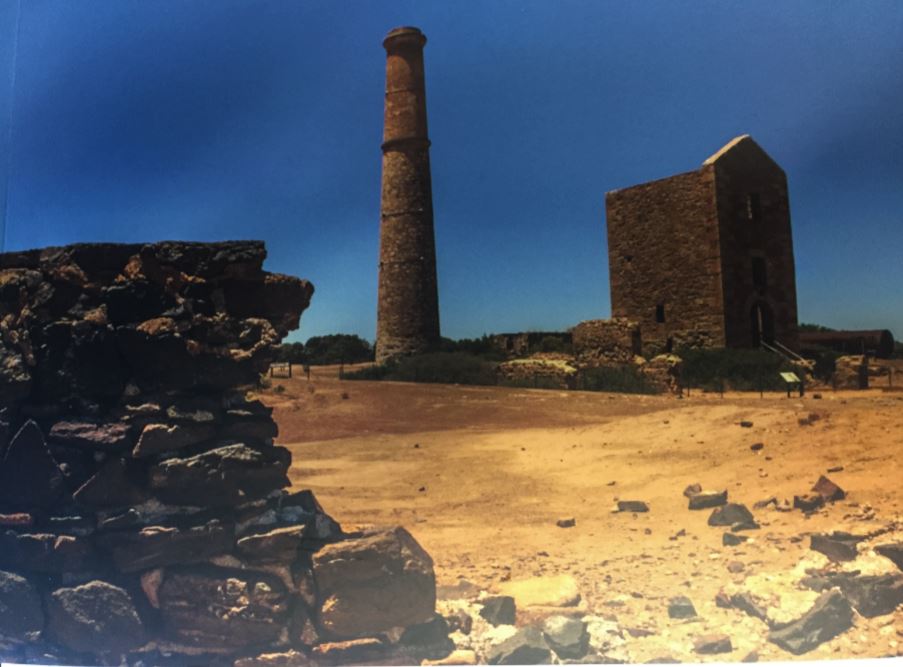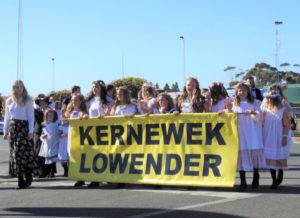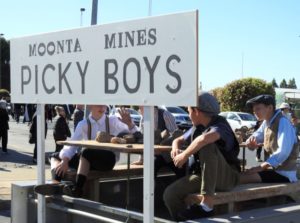
Settlement and development of South Australia’s copper ‘triangle’ by Cornish miners not only helped put the colony on the road to prosperity but remains a showcase of early industrial and mining history in the Southern Hemisphere, says leading historian Professor Philip Payton.
From the 1840s – a decade before Victoria’s colonial gold rush – Cornish migrants from south-western Britain discovered then opened up several mines in regional SA, using ‘cutting edge’ technology, including high-pressure steam engineering and other techniques in Australia for the first time.
“Restoration of these mines and surrounding landscapes is important and a great way to preserve this heritage, and paves the way for them to be granted UNESCO World Heritage status as it extends beyond Cornwall,” says Professor Payton, whose books help keep this chapter of Australian history alive.
Along with a new updated edition of the Pictorial History of Australia’s Little Cornwall, Professor Payton’s other titles include Making Moonta: The Invention of ‘Australia’s Little Cornwall’ (2007), and Regional Australia and the Great War: ‘The Boys from Old Kio’ (2012), both of which are about the history of northern Yorke Peninsula.









